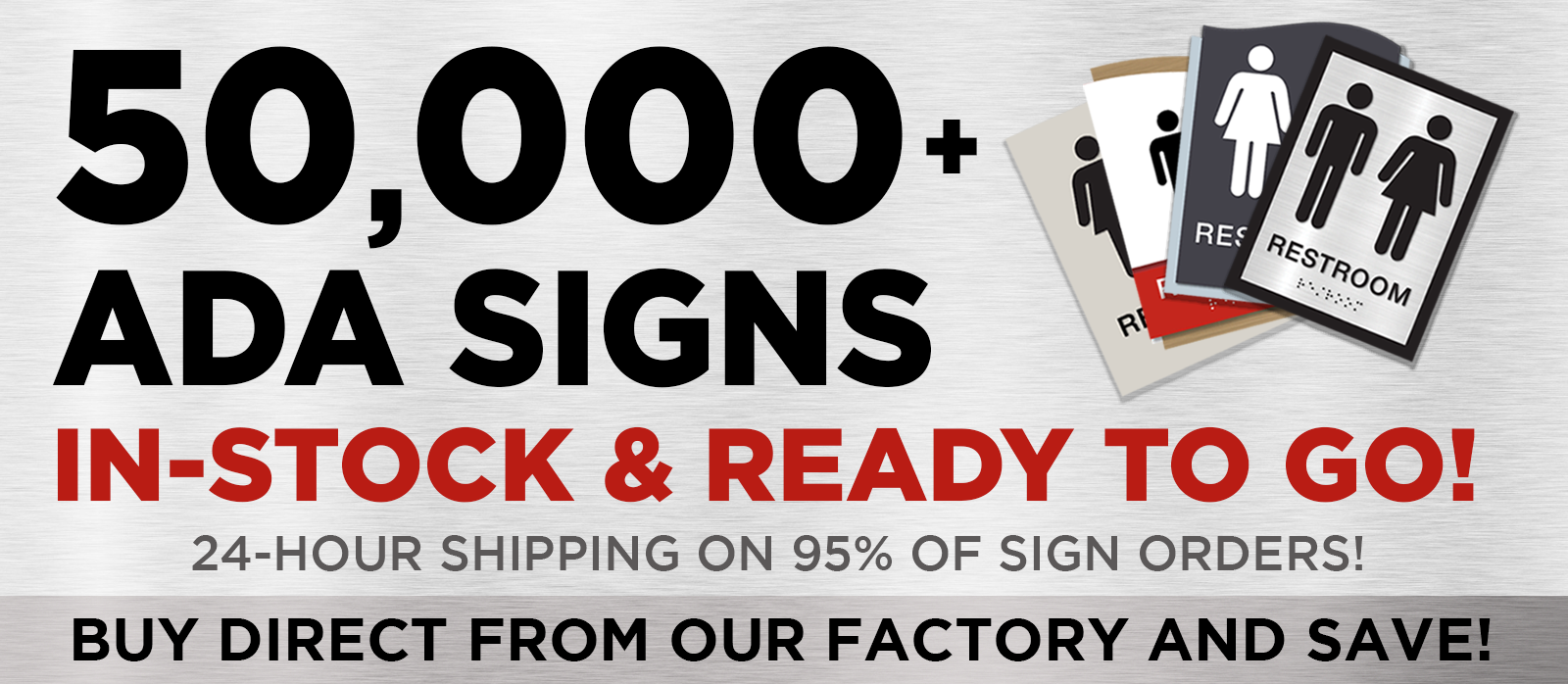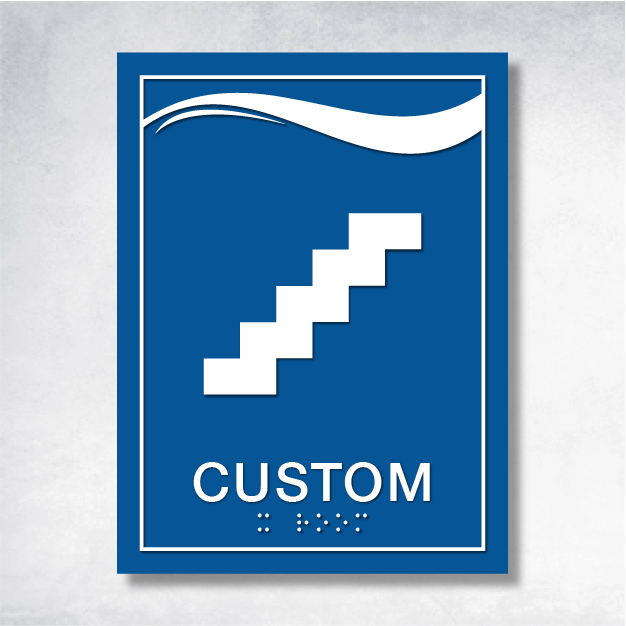Is your business truly open to all? It's time to explore the world of ADA-compliant signs—those essential markers that do more than just guide; they welcome. These signs are not only a legal necessity but also a cornerstone of inclusivity and customer satisfaction. Dive into our guide to discover the top 10 ADA-compliant signs every business should have to ensure accessibility, compliance, and a stellar brand reputation.
The Heart of Accessibility: Understanding ADA Compliance
Imagine a world where everyone can navigate spaces with ease. That's the promise of ADA compliance. Rooted in the Americans with Disabilities Act, these regulations ensure that businesses are accessible to individuals with disabilities. This means providing ADA-compliant signs that feature tactile text, Braille, and high-contrast visuals. These elements are crucial in making spaces welcoming and navigable for all, fulfilling both ADA requirements and accessibility standards.
The Power of Inclusivity: Why ADA-Compliant Signs Matter
- Legal Peace of Mind: Stay on the right side of the law by meeting federal requirements and avoiding potential fines.
- Creating a Welcoming Atmosphere: Foster an environment where everyone, regardless of ability, feels welcome and valued.
- Enhancing the Customer Journey: Improve navigation and satisfaction, ensuring that every visitor can easily access your services.
By embracing ADA-compliant signs, businesses not only safeguard themselves legally but also enhance their brand image and broaden their customer base. Curious about how this can boost your business reputation? Explore our related post on How ADA Compliance Boosts Business Reputation.
Navigating the Options: Choosing Your ADA-Compliant Signs
- Pinpoint Essential Signs: Identify the must-haves—restroom, exit, and room identification signs.
- Prioritize Tactile and Braille Elements: Ensure signs include raised characters and Grade 2 Braille for those with visual impairments.
- Opt for High Contrast and Non-Glare: Choose signs with a stark contrast between text and background, and a non-glare finish for clear visibility.
- Mind the Font and Size: Use sans-serif, uppercase fonts with the right size to ensure readability.
- Perfect the Placement: Mount signs at a height of 48-60 inches from the floor on the latch side of doors.
For a deeper dive into ADA signage requirements, check out the Access Board's comprehensive guide.
Sidestepping the Pitfalls: Common ADA Compliance Mistakes
- Misplaced Signs: Ensure signs are positioned correctly for maximum accessibility.
- Non-Compliant Fonts and Materials: Stick to ADA-approved options to avoid visibility issues.
- Neglecting Tactile and Braille Features: Always include these elements to support visually impaired individuals.
Avoiding these ADA signage errors ensures your business meets all necessary compliance standards and enhances its inclusivity.
A Final Word: Embrace Accessibility
In the world of business, ADA-compliant signs are not just markers; they are symbols of accessibility and inclusivity. By integrating these top 10 signs, you can enhance your brand's reputation and customer experience. We invite you to evaluate your current signage and make the necessary updates. Share your stories or questions in the comments below, and let's work together to create spaces that are truly open to all.









